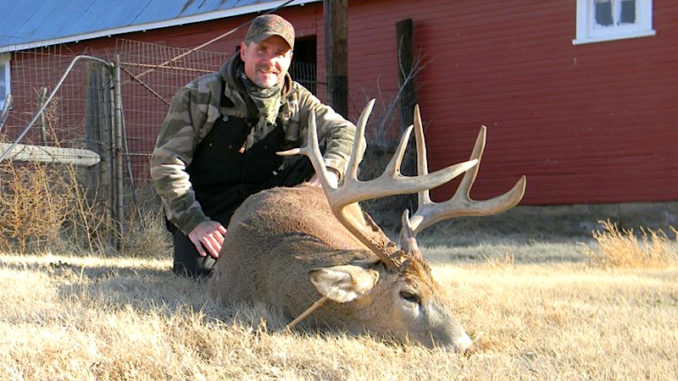
Peak rutting seasons vary by region
John Shaw, the deer project leader for the N.C. Wildlife Resources Commission, said the biology of the rut in the Tarheel State is fairly straightforward in terms of what occurs.
“The breeding process is determined by does,” Shaw said. “Estrus is triggered by day length, and that sets things in motion. However, each deer has its own internal clock in terms of exactly when estrus occurs, but typically, deer in a given locality tend to be in a similar pattern for estrus. One thing for hunters to know is if they can establish this timing pattern in a given area, that timing will basically hold true from one year to the next.”
Shaw said bucks will be in bachelor groups before the rut, and as their internal clocks begin to switch to breeding mode, antlers stop growing and they rub the velvet off and then break off from the buck groups.
“At this point, bucks are ready to breed, but few does are receptive,” Shaw said. “This means increased buck movement prior to when the rut occurs.”
Shaw added that scrapes are a part of the breeding process. And they serve as an essential form of communication.
Scrapes provide important communication between all sexes of deer
“Deer use scrapes to communicate. Bucks of all sizes, as well as does, use scrapes,” he said. “They’ll urinate in the scrape, lick or rub branches, and although we don’t know all what they’re doing, we know does use scrapes to communicate when they’re in estrus. But does also find out about other does, bucks learn things about other bucks. Scrapes enable a lot of non-vocal communication to occur.”
Shaw said temperature can influence the rut and trigger exceptional movement.
“Weather that dips into the 40s and 50s during the day seems to be very good for deer movement,” he said. “But weather significantly warmer or colder has the opposite effect.”
Shaw said the peak rut in North Carolina is as complex as the terrain is varied from the mountains to the coast.
“We did an extensive, three-year study on peak breeding seasons across the state — which we continue to update — and the data shows tremendous diversity,” Shaw said. “The peak of the breeding seasons dates are as early as Oct. 2 in the extreme eastern portion of the state and as late as Dec. 6 in the mountainous west.”
Shaw said that in addition to the east-to-west gradient, the data revealed a definite north-to-south gradient for peak rut times. That gradient range was from October in the southern part of the state to November in the northern section.
The peak breeding dates in different areas of North Carolina are:
Unit I – Dec. 5
Unit II – Nov. 20
Unit III – Nov. 8
Unit IV – Oct. 30
Unit V – Oct. 11
Do you hunt in South Carolina? Click here to read about peak rutting season in South Carolina.

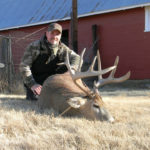
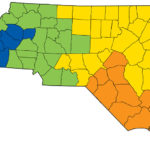

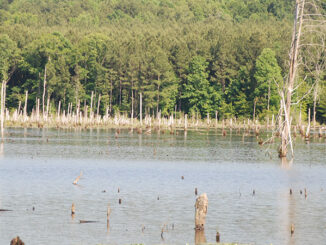
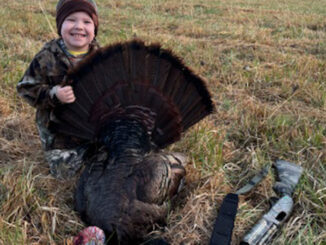

Be the first to comment